Creative studio Bompas and Parr explores how architecture, planning and adaptive reuse could support night-time economies amid widespread concern over venue closures
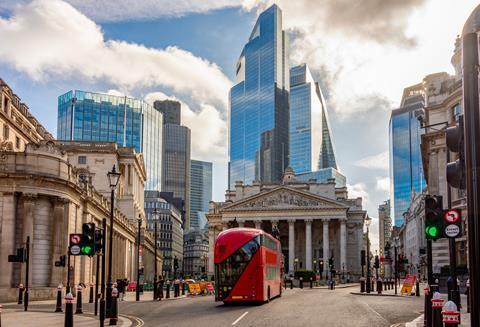
Bompas & Parr, a multidisciplinary creative studio whose work spans architecture and immersive experiences, has released a new report exploring the future of the UK’s night-time economy, with a particular focus on how buildings and city infrastructure might be reimagined to support nightlife.
The publication, The Future of P-Leisure, is intended as a provocation to policymakers, planners and developers, amid growing warnings about the long-term viability of the UK’s night-time venues.
The report comes as the sector faces mounting pressure. According to the Night Time Industries Association (NTIA), more than one-third of UK nightclubs have closed since March 2020. Rising energy prices, inflation and shifting consumer habits are cited as key drivers, with some industry figures warning of the complete disappearance of major UK clubs by 2029 if closures continue at the current rate.
The studio frames its intervention as a design-led response to the declining number of dedicated night-time spaces, focusing on how architecture, planning and infrastructure could evolve to accommodate shifting behaviours.
One proposal imagines financial districts being repurposed after hours. The report suggests that empty office lobbies, rooftops and underused commercial interiors could provide space for temporary events and cultural programming.
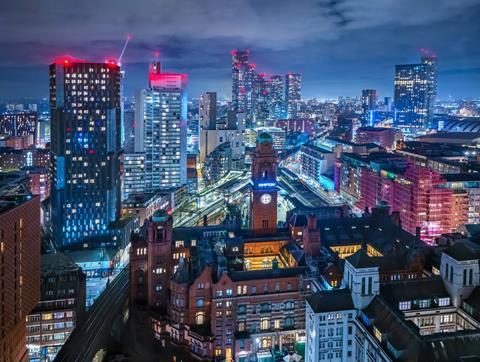
The report highlights the role of the nighttime economy in Manchester’s urban revival in the 1980s and 1990s, citing the Haçienda nightclub as a turning point in the city’s cultural and economic trajectory. It notes how derelict warehouses were used as clubs, rehearsal rooms and cultural venues, becoming what the studio calls “a starting point of the regeneration of Manchester”.
The authors suggest that club culture could again act as a catalyst for placemaking in the UK’s major cities.
A section titled Architectures of Vice envisions a future where nightlife is better integrated into civic strategies and rewarded for the “entrepreneurialism and creativity it has fostered”.
The studio proposes that cities could begin to treat clubs and other late-night venues as cultural infrastructure, positioning them alongside museums, galleries and theatres. “We predict that in the future, nightclubs will finally be celebrated for their significant contribution to British culture,” the report states.
Built environment scenarios explored in the report include immersive public transport experiences and retrofitted infrastructure. One chapter outlines how smoking areas and public toilets might be reconceived as programmable spaces, designed by architects and supported by cultural institutions.
The report is published under Bompas & Parr’s “Feel Tank”, a research and foresight platform within the studio that brings together architects and strategists to develop speculative futures. Bompas & Parr has previously worked on place-based commissions for clients including developers Argent, Landsec and Westfield.
The report is released as debate continues about the future of UK nightlife. Figures from the NTIA suggest the country had over 3,000 nightclubs in 2005, compared to just 851 by June 2023. In London, campaigners have recently raised concerns about new housing developments threatening venues such as the MOTH Club in Hackney.
>> Also read: UK nightlife faces extinction by 2029 if venue closures persist, warns industry body
>> Also read: MOTH Club at risk as Hackney housing plans spark controversy


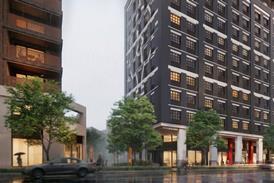
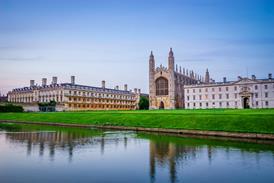

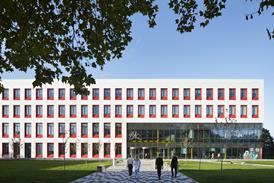


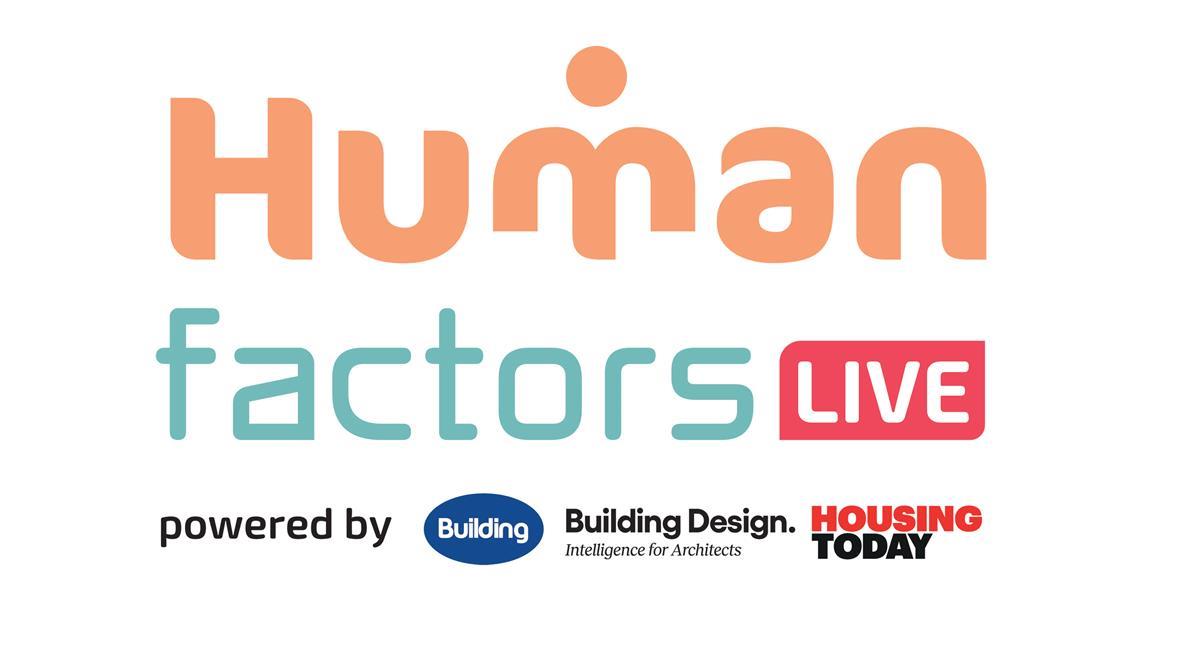







No comments yet